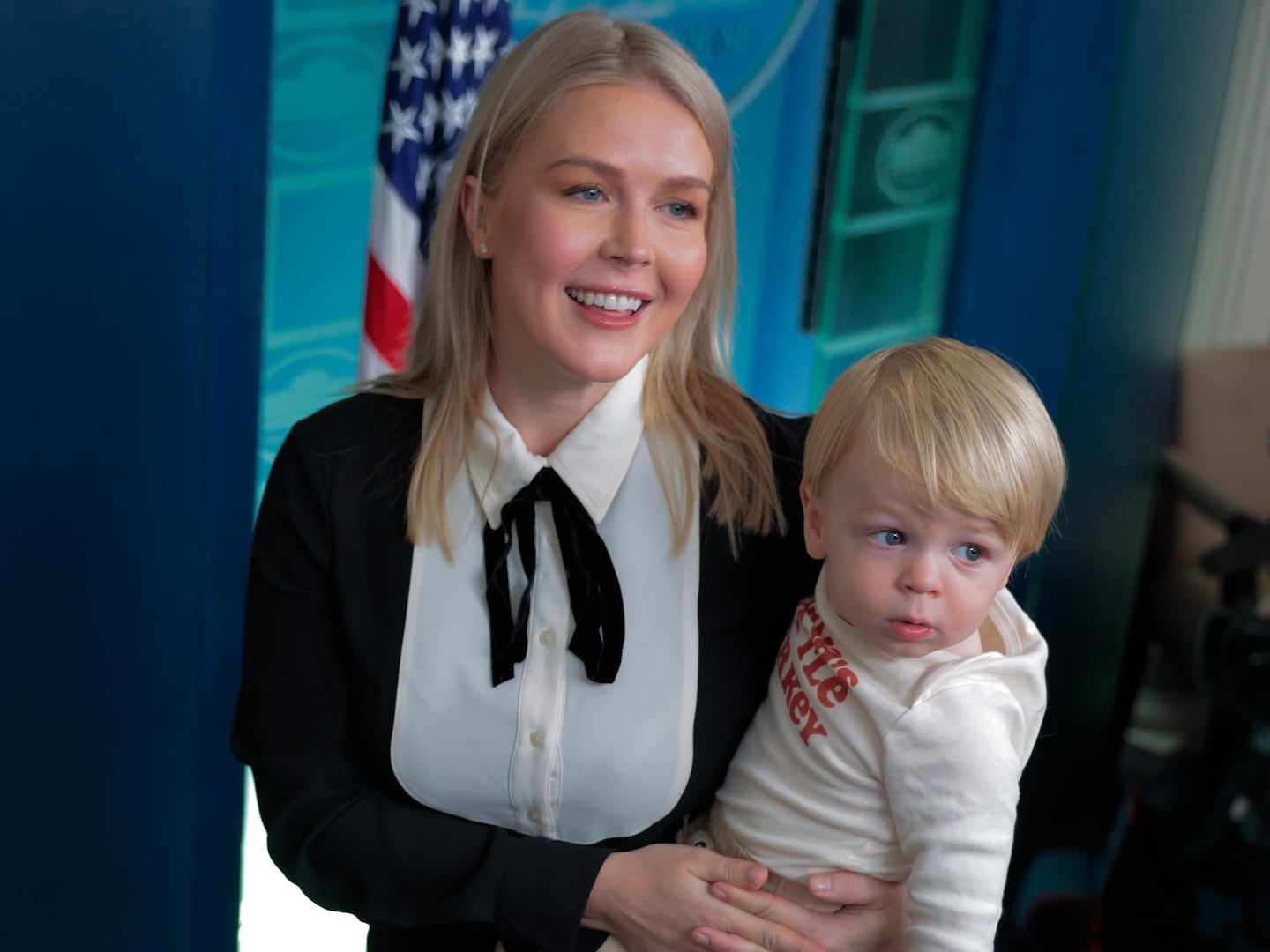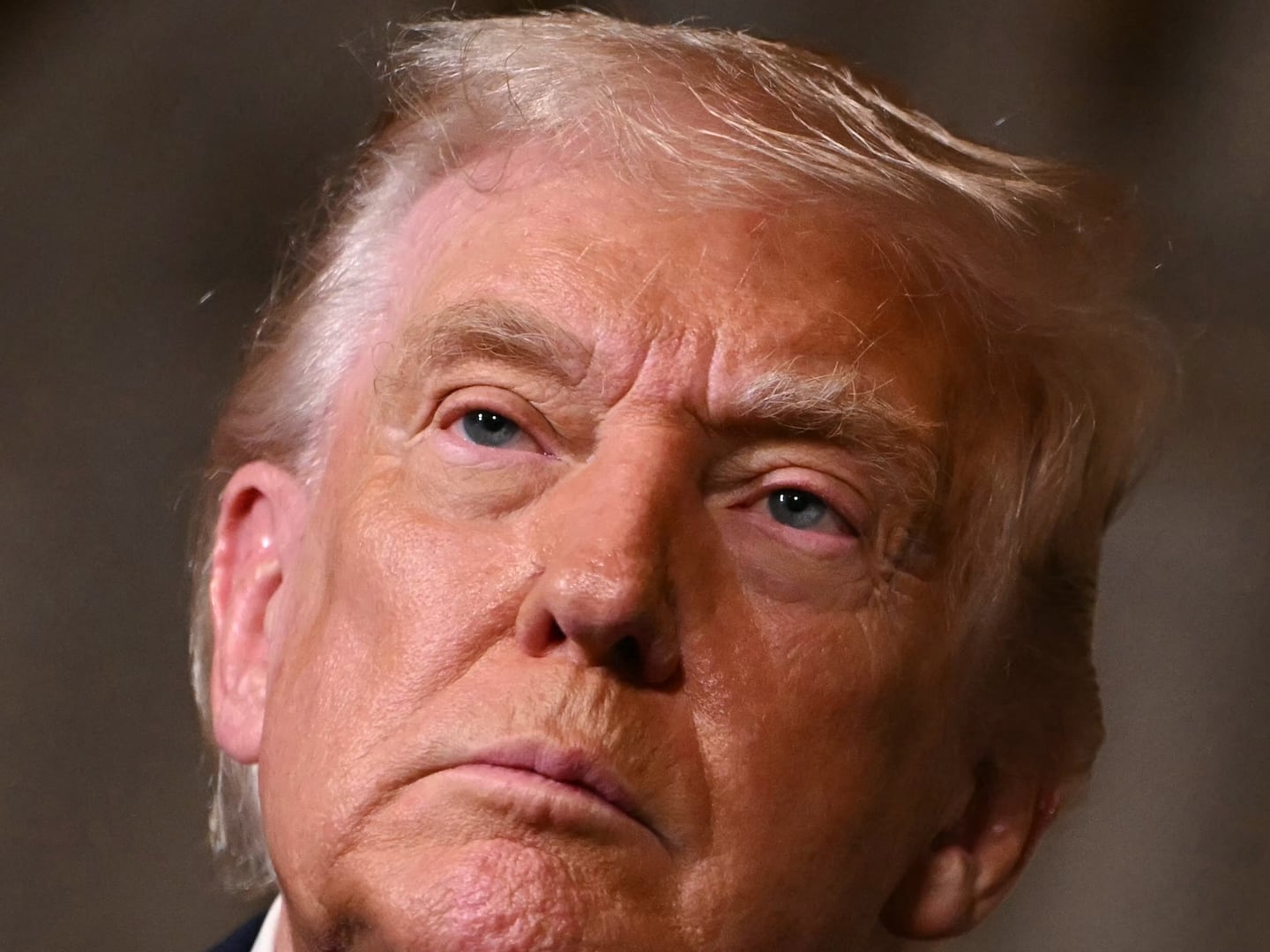Even with Netflix delivering a steady supply of varied true-crime series, The Staircase is a uniquely fascinating work—one that began in 2004 as an eight-part endeavor, was continued in 2013 with two additional installments, and now arrives on the streaming giant with three brand-new chapters.
Recounting the lengthy prosecution, trial and appeals process of Michael Peterson, a Durham, North Carolina, husband and father who was accused—and convicted—of killing his wife Kathleen, French documentarian Jean-Xavier de Lestrade’s non-fiction effort is both an intriguing and shocking whodunit, and a scathing and dismaying portrait of the American legal system. Bolstered by copious fly-on-the-wall footage shot in Peterson’s home, in courtrooms and in lawyers’ offices, it’s a crazy saga that proves to be the epitome of must-see TV.
Even after thirteen exhaustive hours, however, The Staircase leaves viewers with more than a few unanswered questions—not only about Michael Peterson’s guilt, but about what, precisely, took place on the fateful night of December 9, 2001, when Kathleen Peterson was found at the bottom of her home’s staircase, blood flowing from numerous bizarre wounds in her head. Was it an unfortunate accident? A murder (one modeled after the earlier death of a close Peterson acquaintance)? Or was it, perhaps, something stranger still—say, a tragedy brought about by… an owl attack? And what of the recent revelation that de Lestrade’s own editor, Sophie Brunet, was apparently involved with Peterson throughout the course of the series’ production—a fact that was never divulged by the show?
Shortly after The Staircase’s Netflix premiere, de Lestrade addressed those mysteries with us during a wide-ranging chat about his opus.
Though it does feature the participation of the prosecution, The Staircase primarily embeds itself with Michael Peterson. Were you ever worried that might make the show seem biased in his favor?
Yes, it was a concern during the entire process of shooting, of course. To be really honest with you, at the beginning, when we started shooting, in my mind, I really wanted to shoot equally with the defense and with the prosecution, because I really wanted to follow the case from the legal point of view—to show how the justice system would treat the case. So the first day, I met with Michael Peterson and [his lawyer] David Rudolf, and the next day I met with [district attorney] Jim Hardin, Freda Black and the prosecution team. It was clear from the beginning that I wanted to shoot the defense and the prosecution equally.
But after maybe three or four months of shooting, the prosecution started to say, “Okay, we are not so comfortable with the way you are shooting.” As you can see while watching the series, I like to shoot in a cinema verité style, capturing what is happening in front of the camera. So we have to stay in a room and shoot people walking and such; it’s not staged, and it’s not just interviews. I think the prosecution was not so comfortable with that way of shooting. So we had to spend much more time with the defense and Michael Peterson and his family.
It was a huge concern, yes, to be seen as biased, and as a series in favor of Michael Peterson, because that was not the purpose. I really tried to keep the right distance from him, and I tried to do a very balanced and fair work. But it’s been difficult, because when you spend so much time—weeks, months and years—with the same character, Michael Peterson, by the last years you are getting closer and closer, and it’s quite hard to keep the right distance, which is very necessary to do a balanced documentary. I never tried to do a series to try to prove that Michael Peterson was innocent, because I don’t know, and it was not the purpose.
Did your opinion about Michael Peterson’s guilt change over the course of the series?
In a way, my opinion didn’t really change. At the beginning, when we started shooting, I told Michael Peterson, “I don’t know what happened that night. I’ve read the files, and I don’t see any physical evidence that shows me that you’re guilty. But it doesn’t mean that you are not involved in the death of Kathleen. I don’t know. But given that no physical evidence shows me that you have killed your wife, I will consider you an innocent person.” That was the way I tried to work, until the end—to keep an open mind on what was going on, and to keep in mind that he might have been involved in the death of Kathleen. He might be. I always had that somewhere in my mind.
But after the eight years he spent in prison, when he got out in December 2011, in a way I was very happy for him, because to me, that was justice. It doesn’t mean I thought he was innocent. But I was shocked by the first verdict. I didn’t expect the jury to come back with a guilty verdict. I knew the prosecution did a very good job, but I felt that there was a reasonable doubt, and I really got the feeling that some of the prosecution’s experts were not totally fair. So I was not expecting a guilty verdict. And when the jury came back with it, yes, I was surprised. Again, I’m not saying that Michael Peterson is innocent, because I don’t know. And I did not investigate the case. I’m not a judge, or a prosecution or defense lawyer. I tried to keep the position of an outside observer.
But I want to add that, from the beginning, I had a huge question: How do you get these kinds of lacerations and injuries with a fall or with a murder? Because if it’s murder, how do you kill someone in that way with no skull fracture or brain hemorrhage? It’s really amazing. So if it’s a murder, it’s a very strange murder; and on the other hand, if it’s a fall, it’s a very strange fall—wow! To get these kinds of injuries by falling down the stairs, there’s something not right there. So the theory presented by the prosecution and the theory presented by the defense didn’t fit the physical evidence and the injuries. I’ve been obsessed over many, many years about what happened to Kathleen that night. I dream about it, I have nightmares about it. It’s been a huge mystery, and at some point, I really thought that, during the process of shooting, I would learn something that would tell me what happened. But, no. Nothing like that happened, and today, it’s still a mystery.
What about the “Owl theory”—namely, that Kathleen’s demise was at least partly caused by an attack by a local barred owl? Why not include that in the series?
In a way, it was not a choice to not include it in the show. First of all, the first time I heard about the owl theory, I really laughed and laughed and laughed. It seemed to be totally stupid—an owl? Wow. The theory is really amazing, but no. But I started to look at it more closely, and I met with Larry Pollard—he’s one of Michael Peterson’s neighbors, a lawyer, and he was the first man who raised that theory. I talked to him many times, and since then I’ve talked to other people who are involved with owls, and who are medical examiners and neurosurgeons, and I even talked to people who had been attacked by owls—especially one man who had been attacked not very far from Michael Peterson’s house. And I have to say, when you look at it very seriously, and spend more than two hours thinking about that theory, it might be the starting point of something very interesting.
I’ve met with medical examiners who say that it might be the only way to explain the kind of lacerations that Kathleen Peterson had on the back of her head—these seven lacerations, which are very unusual types of injuries. The theory is not that Kathleen Peterson was attacked inside the house, but that she was attacked outside the house—and that, after she ran inside the house, she tried to go upstairs, and she fell at the bottom of the stairs. That might be the more plausible explanation so far about Kathleen Peterson’s injuries. I hoped that this theory would be introduced in the courtroom by someone, but nobody did. The purpose of the show was to follow the legal process, and as it was not introduced inside the courtroom, I couldn’t introduce it in the show. But I have many hours of material about it, and it’s really interesting.
It also came out that your editor, Sophie Brunet, had a relationship with Michael Peterson during the course of the series. Why wasn’t that also included, and were you ever worried that their romance might skew the show in his favor?
First, I don’t want to go on that field, because it’s their private life. If you really want to know more about that, you have to contact either Michael Peterson or Sophie Brunet. I don’t want to comment on their private life. Second, as I said at the beginning of our interview, it has been a huge concern not to be biased, and not to be seen as being in favor of Michael Peterson. So if I thought for one second that Sophie Brunet wasn’t the right editor to cut the show, she would have been fired immediately. But I’m sure she was the best person to do it, and the right person to do it, and I was there every minute of the editing process, every day. It was my responsibility [to decide] what was shown, and the way the show was cut. So I feel comfortable with everything on that.
As a Frenchman, do you think you were able to bring a more detached—and objective—perspective to this North Carolina story?
I think yes. It’s always better to be an outsider. But I think someone from New York or L.A. or Kansas City might also be an outsider in Durham. It was more about the way people were seeing us. They were seeing us really as outsiders, and maybe they were more willing to talk to us. We got huge access to the defense, and at some point also to the prosecution, and also inside the courtroom and the way we could shoot the trial. The access that the judge gave to us was maybe because we were outsiders.

Kathleen Peterson
NetflixWhen we arrived in North Carolina, that was the first time I had been there, and I tried to learn about the city and the state, and it was a very interesting area. Because of Duke and UNC in the Chapel Hill area, the concentration of people who had PhD degrees was huge. It was very interesting, and I tried to be the fairest I could be to all the people—even to the prosecution. But I think I’ve more in common from a cultural point of view with David Rudolf than Freda Black [laughs]. Of course, you have to always be aware of those things.
Have you been in touch with Michael Peterson since finishing the most recent installments of The Staircase? And are more chapters forthcoming, or are you finally finished with this story?
I really think I’ve finished, because the legal process has finished. After nearly 16 years, the justice system gave a final answer to the case. To me, that’s the end. But I’ve kept in contact with the family, the children, Michael Peterson himself, and I will keep the contact with them. But no, I have finished going around North Carolina with a camera.






